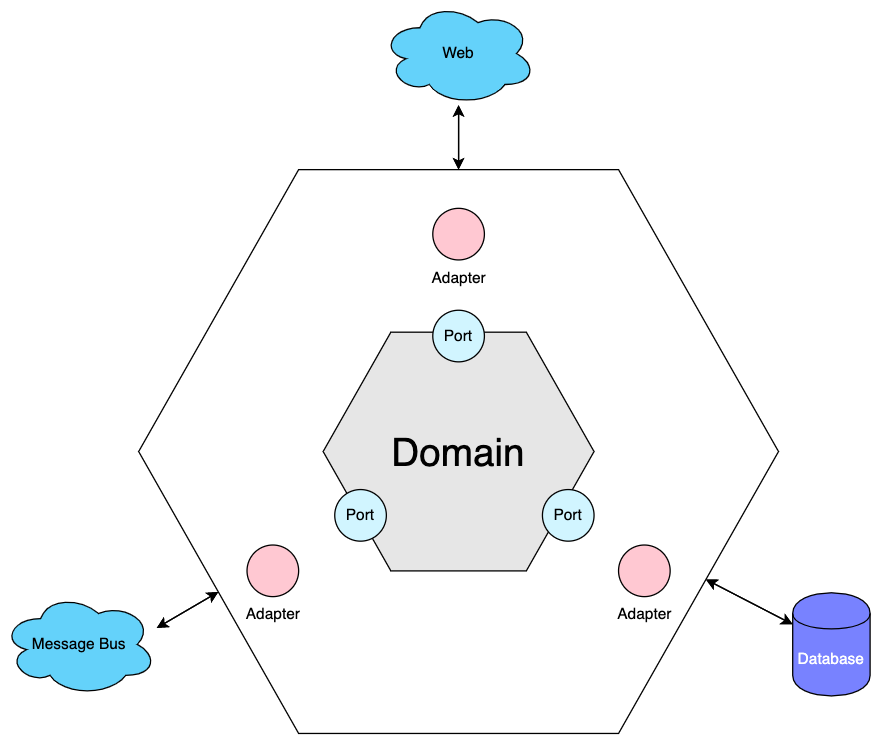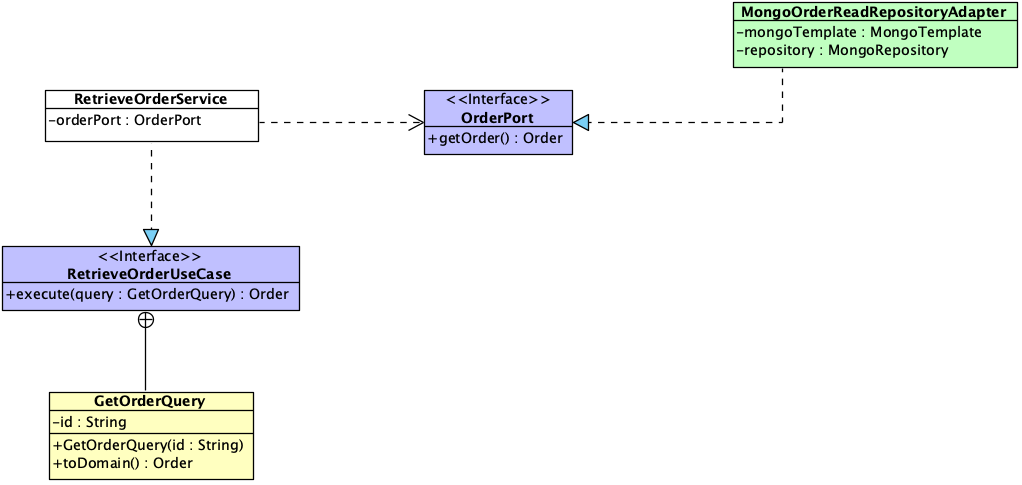In the digital transformation era, the robustness and flexibility of software have become fundamental to the success of any enterprise. A well-designed software architecture not only facilitates the maintenance and evolution of the system but also allows for greater agility in responding to market changes. One of the architectures that has gained popularity for its ability to meet these needs is the Hexagonal Architecture, also known as the “Ports and Adapters” architecture. In this article, we will explore the principles of this architecture, see how to implement it using Java and Spring Boot, and discuss which architecture it replaces and the problems it solves.
What is Hexagonal Architecture?
Hexagonal Architecture was proposed by Alistair Cockburn in 2005 to address the limitations of traditional layered architectures. The primary goal is to create an application that is independent of external technology, such as databases, UI, or third-party services, thus allowing for greater flexibility and testability.

Key Principles of Hexagonal Architecture
Independence from Technology: The core application is isolated from external technologies through “ports” (interfaces) and “adapters” (implementations).
Testability: Facilitates unit and integration testing, as components can be tested in isolation.
Maintainability and Scalability: Promotes a clear separation of concerns, making the code more maintainable and scalable.
Traditional Layered Architecture
Hexagonal Architecture is proposed as an alternative to the traditional layered architecture, which has been dominant for many years.
Problems with Layered Architecture
Rigid Dependencies: In layered systems, components heavily depend on the implementation details of other layers. For example, business logic is often tightly coupled with the data access layer.
Testing Difficulties: Due to tight coupling between layers, unit and integration tests can become complex and require extensive use of mocks and stubs.
Limited Flexibility: Replacing or upgrading a technology (such as a database) can require significant changes across all layers of the system.
How Hexagonal Architecture Solves These Problems
Independence from Technology: Ports (interfaces) define interactions with the external world, allowing technology to change without impacting business logic.
Ease of Testing: As dependencies are inverted, business logic can be tested in isolation using mock implementations of interfaces.
Flexibility: Adapters can be modified or replaced without changing the core application, making the system more flexible and maintainable.
Application Structure
In Hexagonal Architecture, the application is divided into three main parts:

- Domain (Core): Contains business logic and domain entities.
- Ports: Interfaces that define interactions between the core and the external world.
- Adapters: Implementations of the interfaces that connect the core with external technologies (databases, external services, UI).
Conclusion
Hexagonal Architecture offers a flexible and maintainable structure for application development, addressing many of the problems associated with traditional layered architectures. Using Java and Spring Boot, it is possible to implement this architecture effectively, benefiting from the powerful features of the Spring framework. This approach not only improves code quality but also makes the application more resilient to future technological changes.
In the next article, we will delve into the detailed implementation of Hexagonal Architecture using Java and Spring Boot. We will explore how this architecture provides a flexible and maintainable structure for application development, addressing many of the issues associated with traditional layered architectures.

Comments are closed